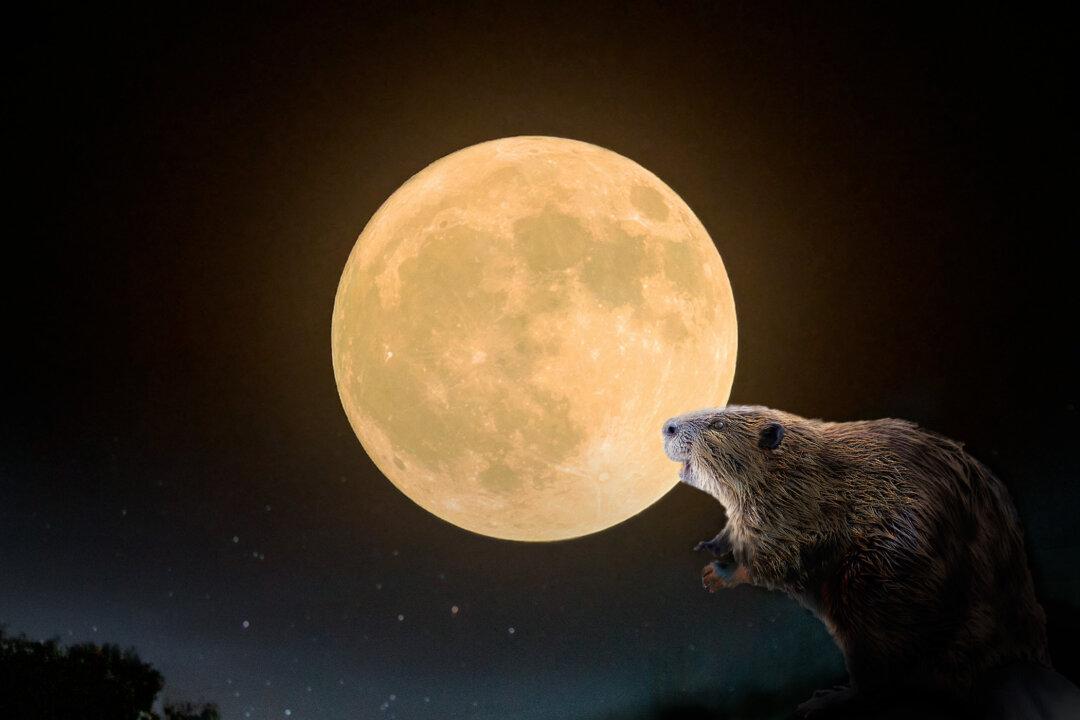The full moon named after America’s largest rodent will fall in just a few days. Not unlike Native cultures of old, beavers get busy prepping their homes for winter this time of year. Hence, as the full moons of each calendrical month are traditionally given names—such as Worm Moon (March) or Buck Moon (July)—often derived from tribal or European cultures, next week’s has been dubbed the “Beaver Moon.”
At exactly 4:16 a.m. EST on Monday, Nov. 27, the Beaver Moon will be at its fullest, as it will be most directly opposite the sun when viewed from the Earth. Stargazers in North America may find the best time for moon viewing to be after sunset on the night of Sunday, Nov. 26. Those in the Eastern Hemisphere may catch a better view on the night of Nov. 27.






